Bird Term: Casque
Understanding Bird Casques: Nature’s Remarkable Adaptation
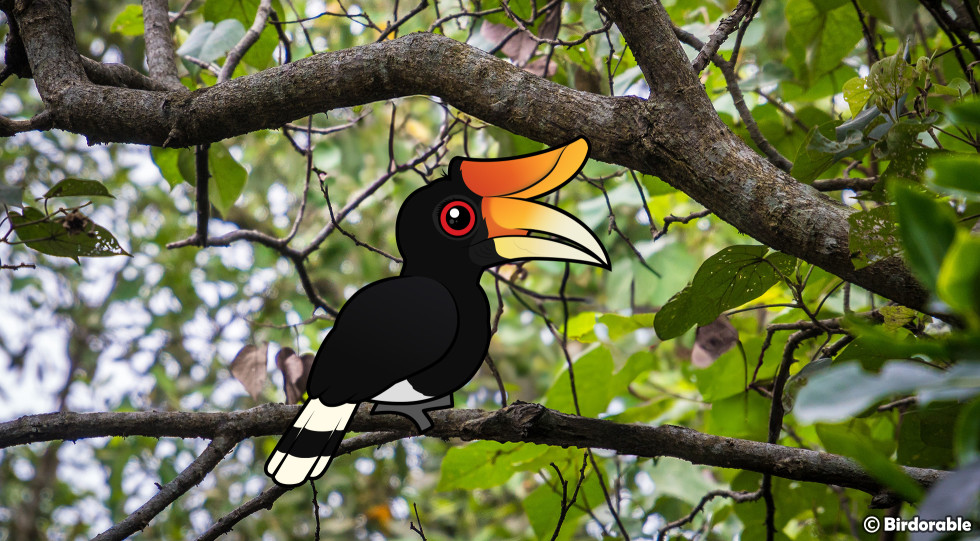
Rhinoceros hornbill
In the fascinating world of birds, some species have developed unique adaptations that set them apart from others. One such distinctive feature is the casque. The casque is an enlargement of bones found on the upper beaks and/or heads of certain bird species, typically serving various functions, from display and communication to protection and foraging. Let’s explore the role and significance of the casque in these remarkable birds.
Casques in Hornbills
The casque is most prominently seen in birds like most hornbills, all cassowaries, some species of curassows, the Horned Guan, and others. These structures can vary greatly in size, shape, and function depending on the species. For many birds, the casque is an integral part of their identity and survival strategy. Casques are typically made of bone, an extension of the upper beak or skull with a layer of keratin covering the protrusion. They are mostly hollow, given structure by bony filaments inside.
Hornbills are perhaps the most well-known group of birds with casques. These relatively large birds are found in Africa and Asia, and are easily recognized by their oversized bills topped with casques. These casques play a role in both individual identification and sexual selection; the size, shape, and coloration of casques in some species varies between males and females, and between young birds and adults. Larger and more colorful casques can be a sign of health and vitality, attracting potential mates.
The casque in hornbills is also used in combat. During territorial disputes, hornbills may engage in head-butting contests, where the casque provides protection and acts as a battering ram. This behavior helps establish dominance without causing serious injury, thanks to the cushioning effect of the casque.
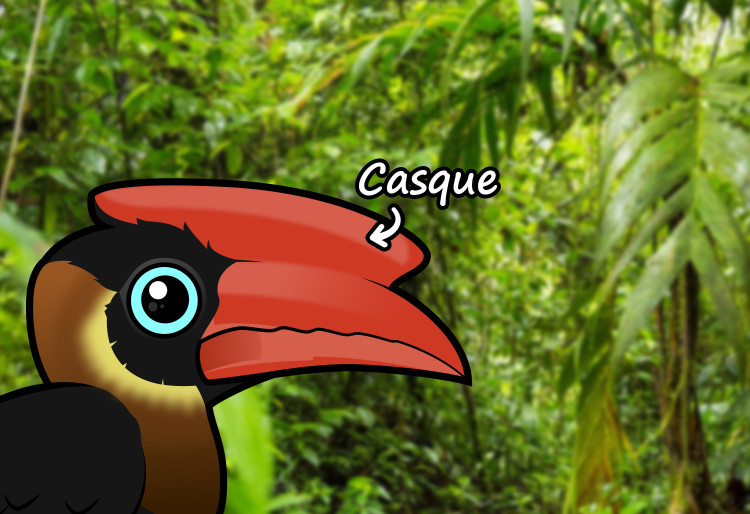
Rufous Hornbill
Casques in Cassowaries
In contrast, the casque of the cassowary serves a different primary function. Cassowaries are large, flightless birds native to the tropical forests of New Guinea, nearby islands, and northern Australia. The casque of the Southern Cassowary, for example, is a tall, helmet-like structure made of keratin, the same material as human nails. The prevailing theory for purpose in cassowaries suggests that the casque helps the birds thermoregulate, allowing the bird dissipate heat in its warm, tropical habitat. Other theories that suggest cassowaries use their casques in protect their heads in dense forest habitat or as shovels while foraging are no longer considered credible.
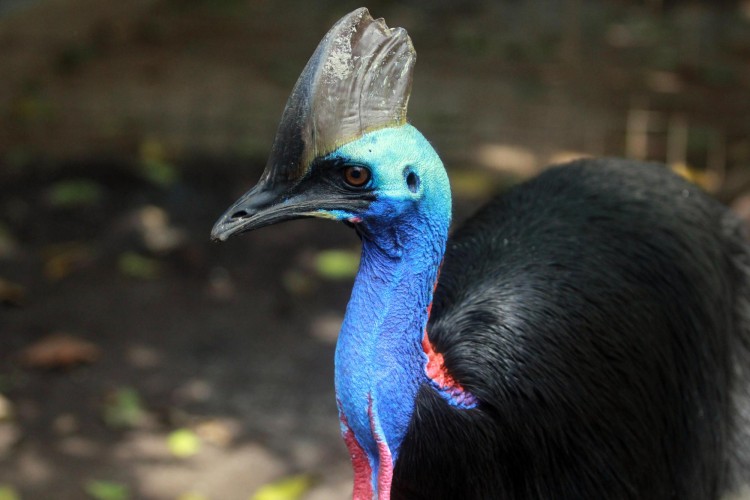
Southern Cassowary
Casques in Curassows and other Animals
Curassows, a group of large, terrestrial birds found in Central and South America, also sport casques, although these are generally less pronounced than those of hornbills and cassowaries. In the curassows that have them, the casque is often more ornamental, serving as a display structure to attract mates. The size and shape of the casque can vary between species and even between individuals, often reflecting the bird’s health and genetic fitness.
Birds aren't the only animals with casques! Several species of chameleon and lizard sport casques. Just like in birds, casques are used for various reasons among reptiles; some are used to store fat, collect moisture, strengthen biting power, or as part of mating displays.
Birdorable Birds with Casques
Casque Drawbacks
Casques, especially those used in combat, are subjected to breakage or other injuries. Some birds have been hunted for their casques, used as ivory for carvings in some cultures dating back more than 2000 years. The critically endangered Helmeted Hornbill is particularly sought after for their very dense casques.
Casques are Fascinating!
The casque is a fascinating and diverse structure found in several bird (and other) species, each adapted to serve specific functions essential for survival and reproduction. Whether it’s amplifying calls in hornbills, navigating dense forests in cassowaries, or attracting mates in curassows, the casque is a remarkable example of nature’s ingenuity in adapting to different ecological niches. The next time you encounter a bird with a casque -- at a zoo, in a nature documentary, or in the wild -- take a moment to appreciate the unique role this structure plays in its life.

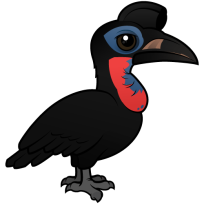



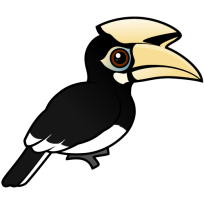




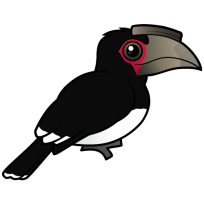












Comments
Leave a comment
Thank you!